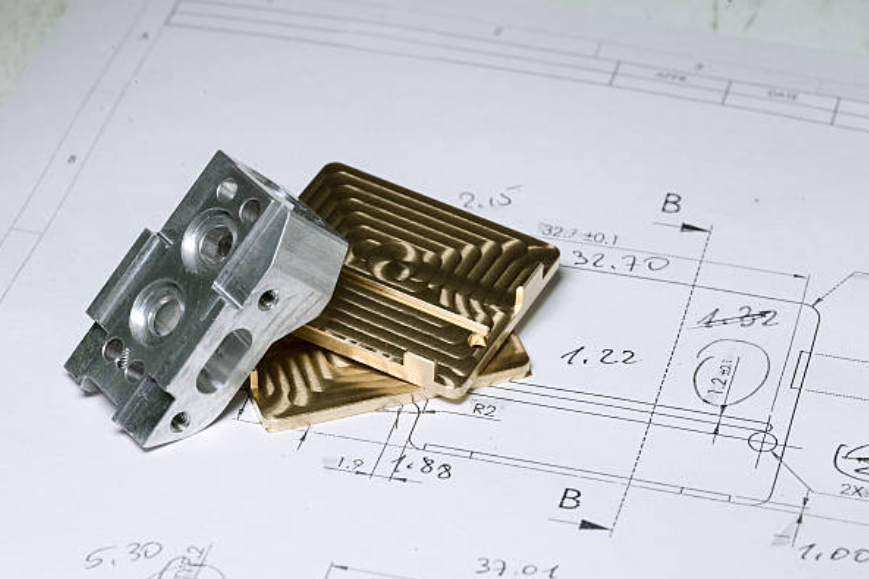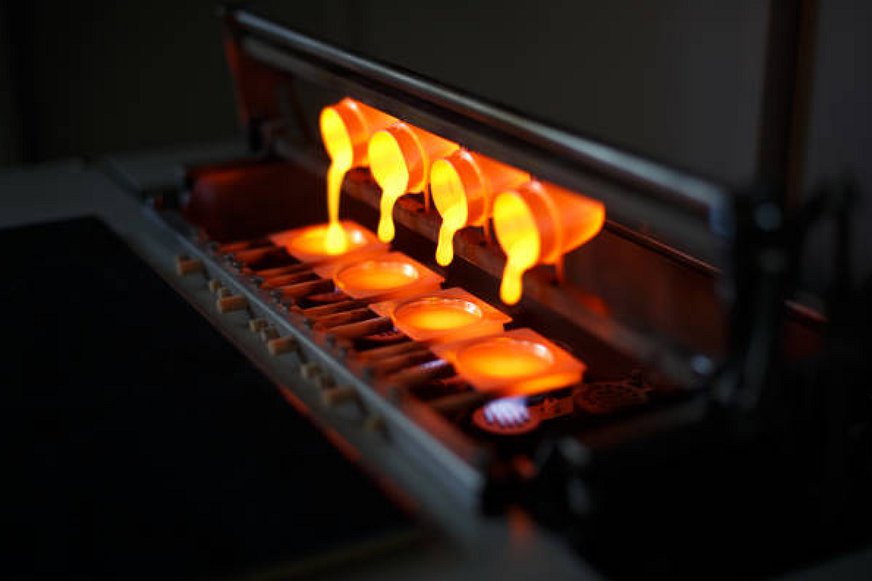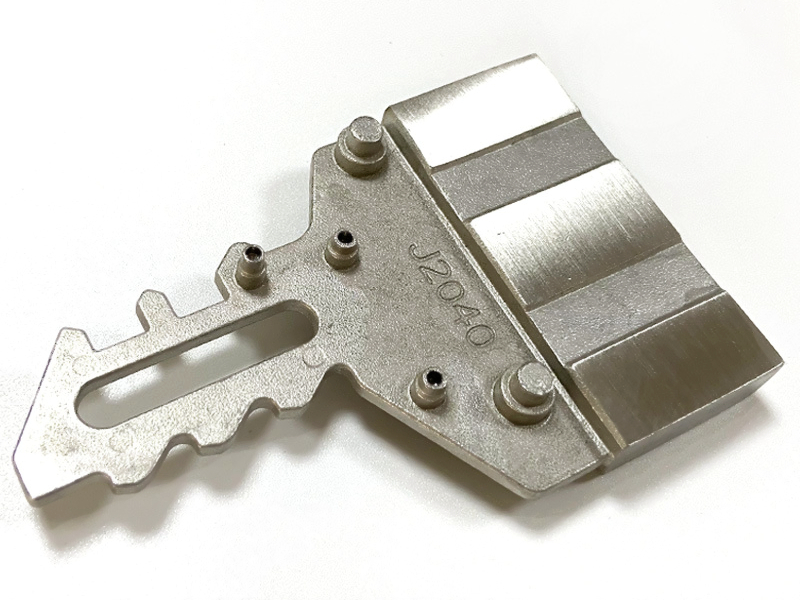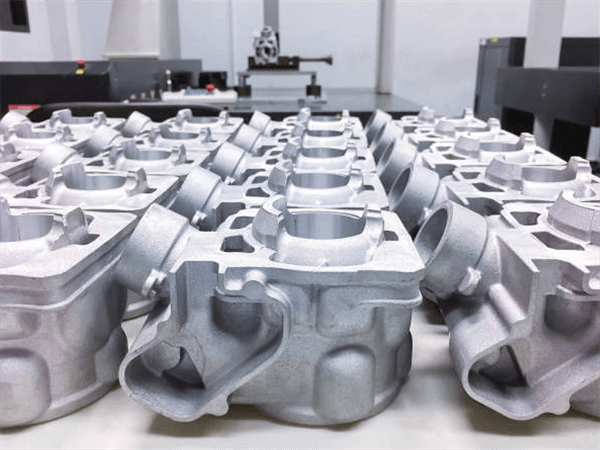Die Casting and Gravity Casting: Understanding the Major Differences
Die casting and gravity casting are two major metal casting processes used extensively in manufacturing. Both involve pouring molten metal into reusable molds to produce components with high dimensional accuracy and repeatability. The difference is that gravity casting relies on gravity, and the molten metal enters the mold under the action of gravity. Die casting relies on pressure, forcing molten metal into a mold under high pressure.
Mold Design
- In die casting, the mold is called a die. Dies are made from tool steels like H13 that can withstand high pressures. The die halves are machined to close tolerances and contain the cavity and core features. Die components are precision machined to tolerances around 0.001-0.002 inches to achieve accurate castings
- The mold is relatively simple in gravity casting compared to a die-casting die. Gravity molds are made from cast iron, steel, aluminum, or bronze. There are no complex core features since the mold mainly relies on the force of gravity for filling. Gravity molds have typical machining tolerances around 0.01-0.02 inches since no high pressures are involved.

Method of Filling
- In die casting, molten metal is injected into the die under high pressures ranging from 10,000 to over 50,000 psi. High-velocity injection ensures complete die cavity filling.
- In gravity, casting, metal flows into the mold solely under gravitational force without any applied pressure. It sets limits on the casting size and shape complexity achievable.
Production Rate and Automation
- Die casting is highly automated, using machines injecting metal, fabulous dies, and eject castings continuously. Cycle times are very short. Parts output can exceed 200/hr.
- Gravity casting is done manually by pouring liquid metal into molds. Cycles are slower due to manual handling. Typical output is 30-50 parts/hr, much lower than die casting. Automating gravity casting can increase the rate.
Alloys Used
- Die-casting alloys like Zinc, aluminum, and magnesium have high fluidity to fill complex dies under pressure. High-strength alloys can also be die-cast. Alloys with high melting points are unsuitable for die-casting, such as iron, titanium, tungsten, Etc.
- Gravity casting generally uses lower melting point alloys with good flow characteristics like tin, lead, and zinc alloys. Aluminum and brass can also be gravity cast.
Part Size and Weights
- Typical die-cast part sizes range from an ounce to 75 lbs. Small, thin, and intricate shapes can be die-cast due to high metal pressure. For example, aluminum alloy die-casting allows a thin wall of 0.5mm. Zinc alloy die-casting allows a thin wall of 0.4mm.
- Gravity casting is limited to relatively larger sizes over 3 lbs. Factors like metallostatic head pressure limits the maximum size. It is capable of producing parts with wall thicknesses ranging from 2 to 6 mm
Surface Finish
- Die-cast surfaces have a characteristic smooth and glossy finish. Rapid cooling in the metal die gives fine grain sizes.
- Gravity-cast surfaces are slightly coarser than die-cast but still reasonably smooth due to laminar filling. Chills can further enhance the surface finish.
Dimensional Accuracy
- Die casting offers excellent dimensional accuracy and consistency. Tolerances up to ±0.005 in. are possible. It reduces secondary machining.
- Gravity casting tolerance around ±0.02 in. Parts may require some machining to achieve finer precision. But accuracy is still suitable for most applications.
Cost Considerations
- Die casting has very high tooling costs due to complex multi-cavity dies. But per part, costs are low due to automation.
- Gravity casting has lower tooling costs. Secondary machining may be needed. Output rates are lower than die casting, so per-part costs are higher than die casting.
Design Rules
- Die casting requires specialized design rules for optimal fluid flow and minimized trapped gases. Draft angles, fillets, and gating are crucial.
- Gravity casting has fewer restrictions on the design since metal is not forcibly injected. However, uniform wall thickness and drafts still aid mold filling and minimize defects.
Defects
- Die casting defects - cold shuts, distortion, entrapped gases, hot tears, jetting, and heat checking.
- Gravity casting defects - porosity, shrinkage cavities, cold shuts, mold erosion. Solidification cracking is less prevalent than die casting.
Applications
- Die casting applications involve high volume production of complex, close tolerance parts - e.g., automotive components.
- Gravity casting suits lower medium volume production of relatively more straightforward shapes and more significant parts - e.g., machine tool bases and valve bodies.
In summary, die casting and gravity casting have significantly different production methods, capabilities, economics, and applications. Die casting is better suited for complex, high-volume components, while gravity casting is ideal for smaller batches of less complex shapes.



